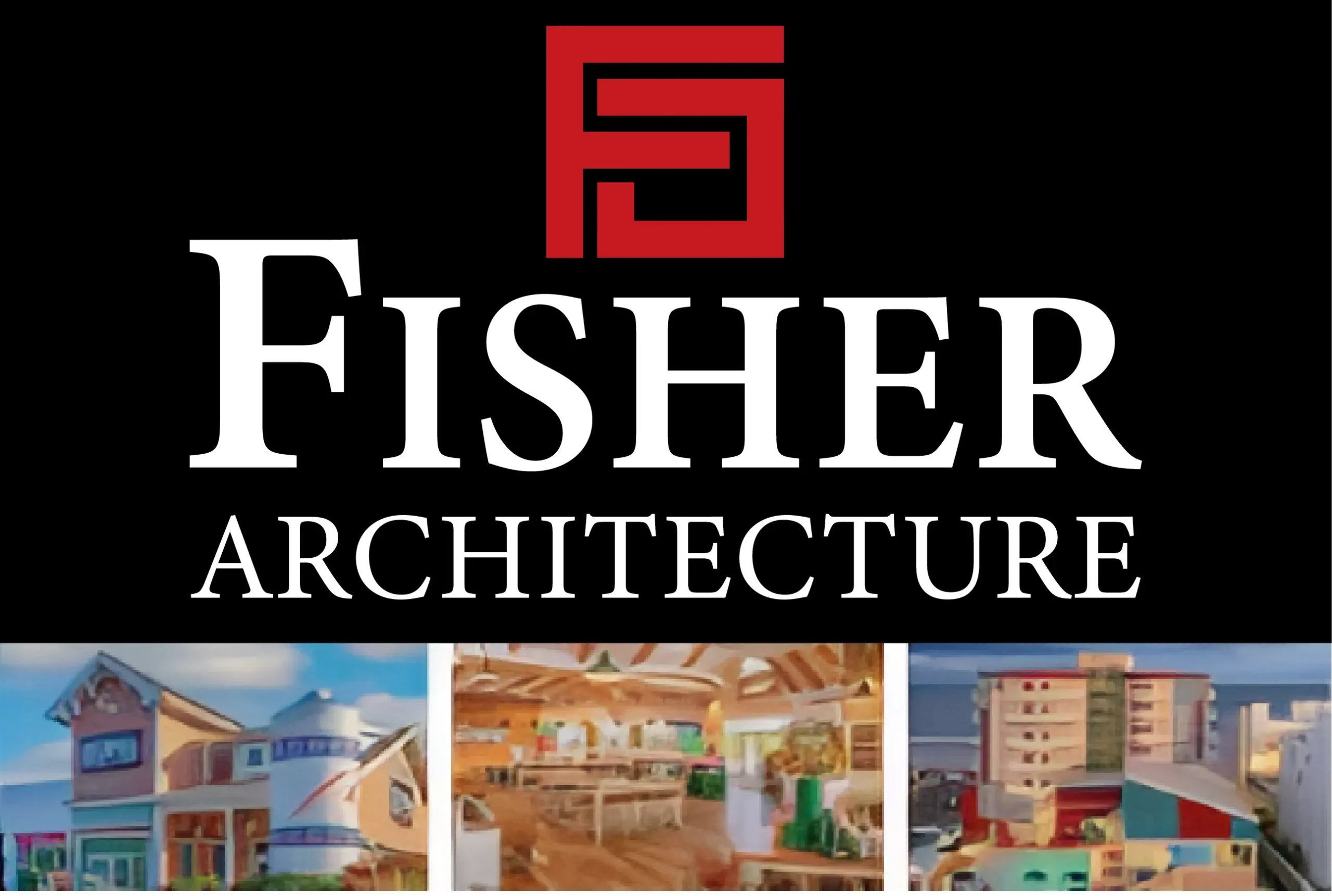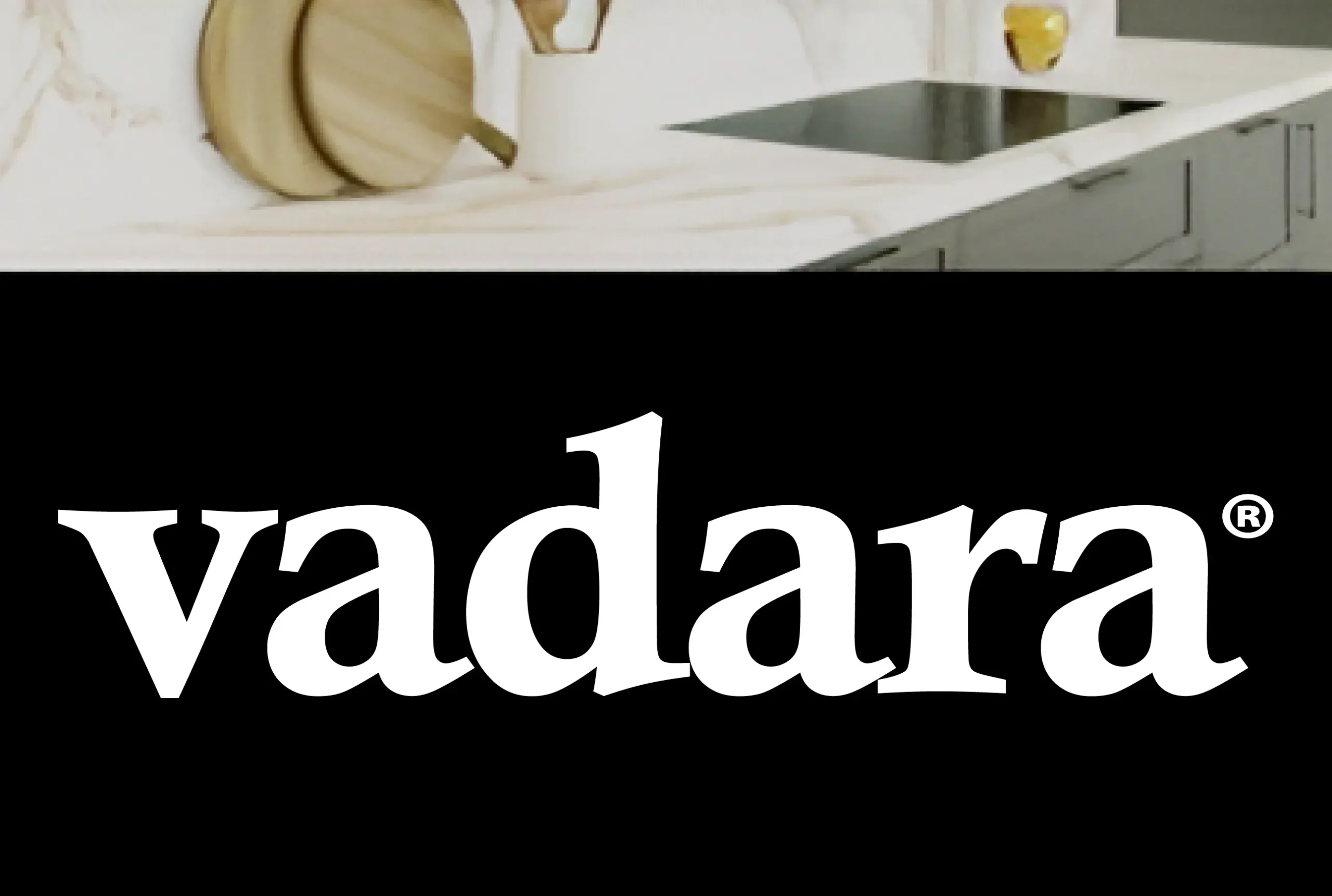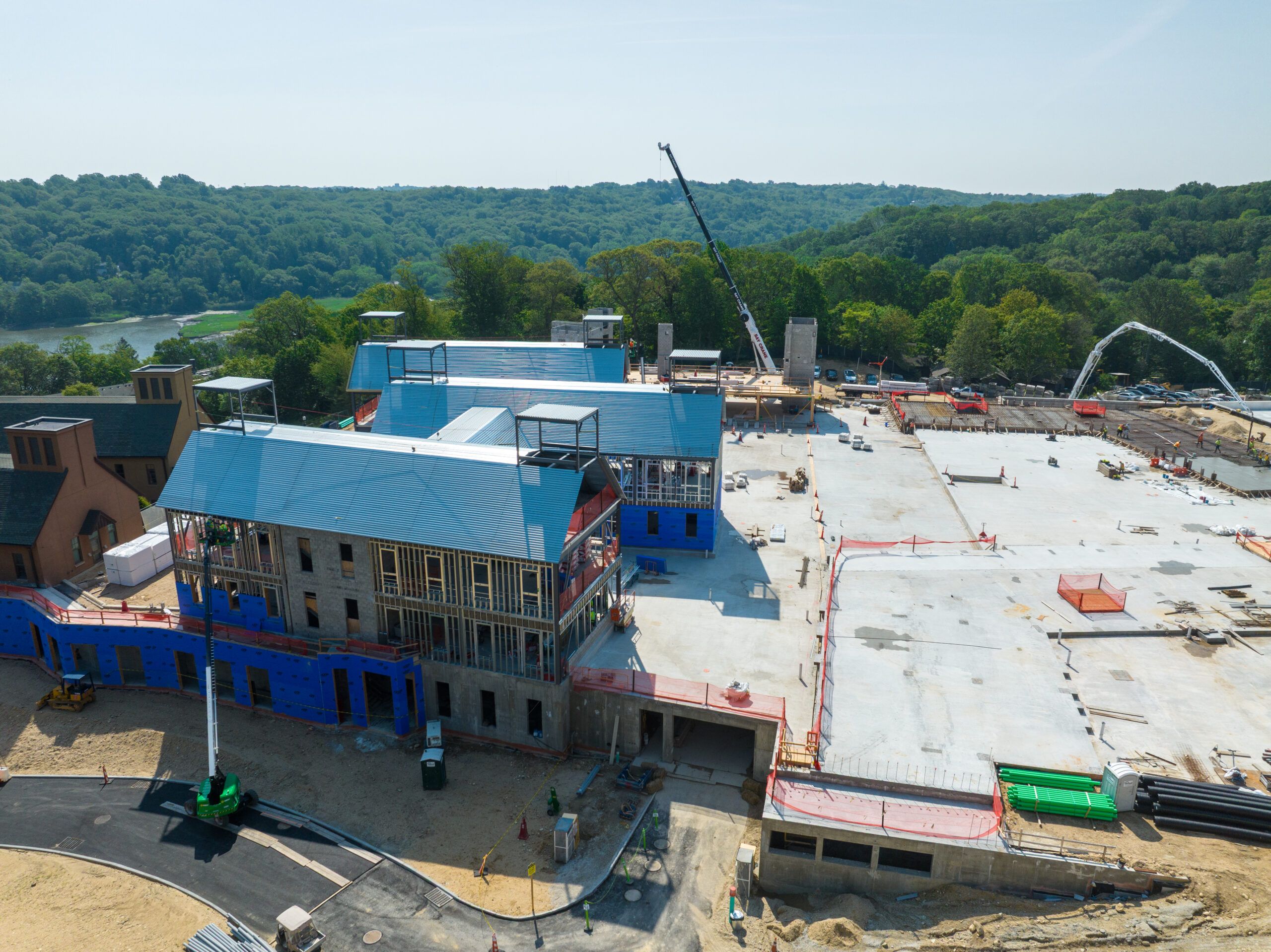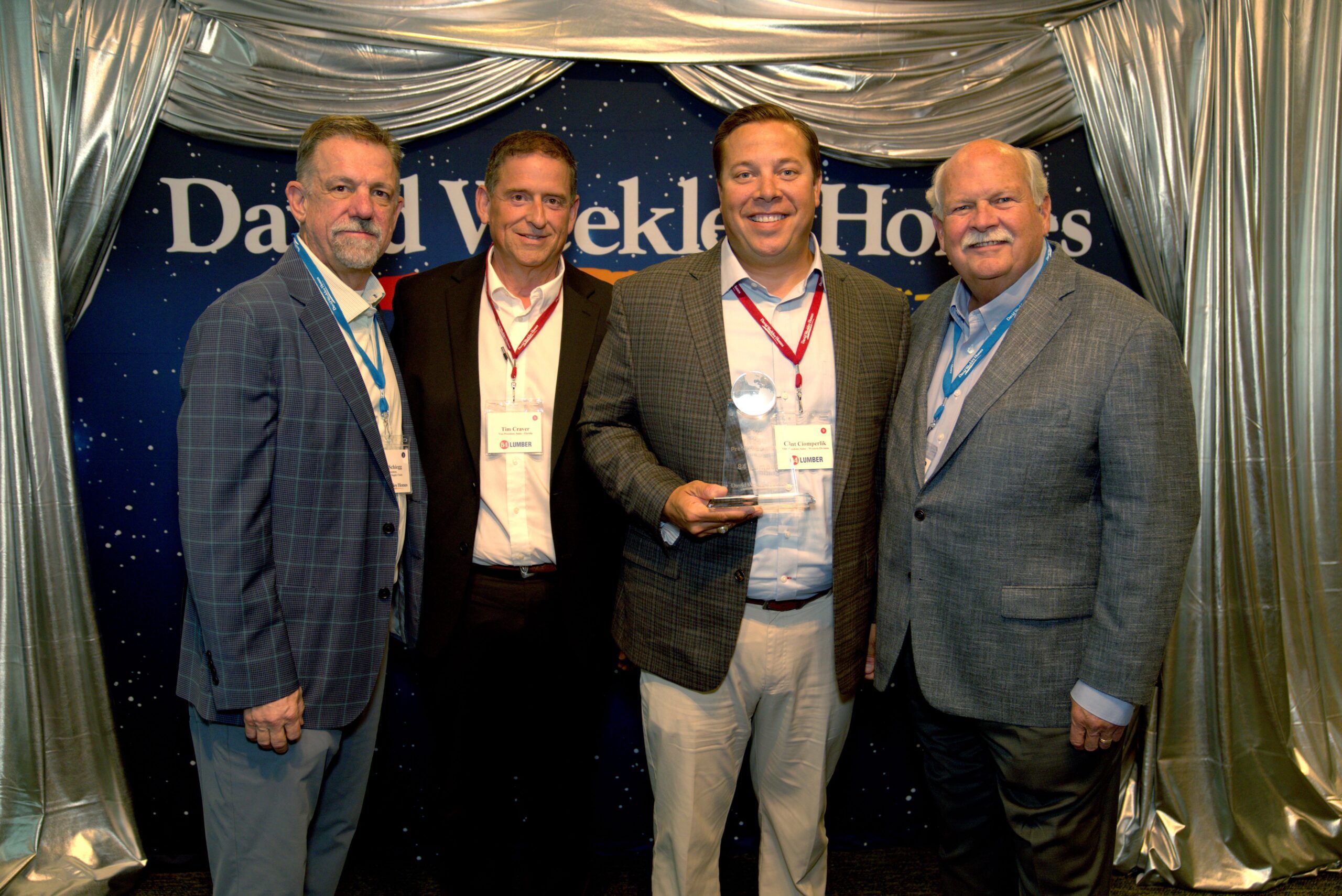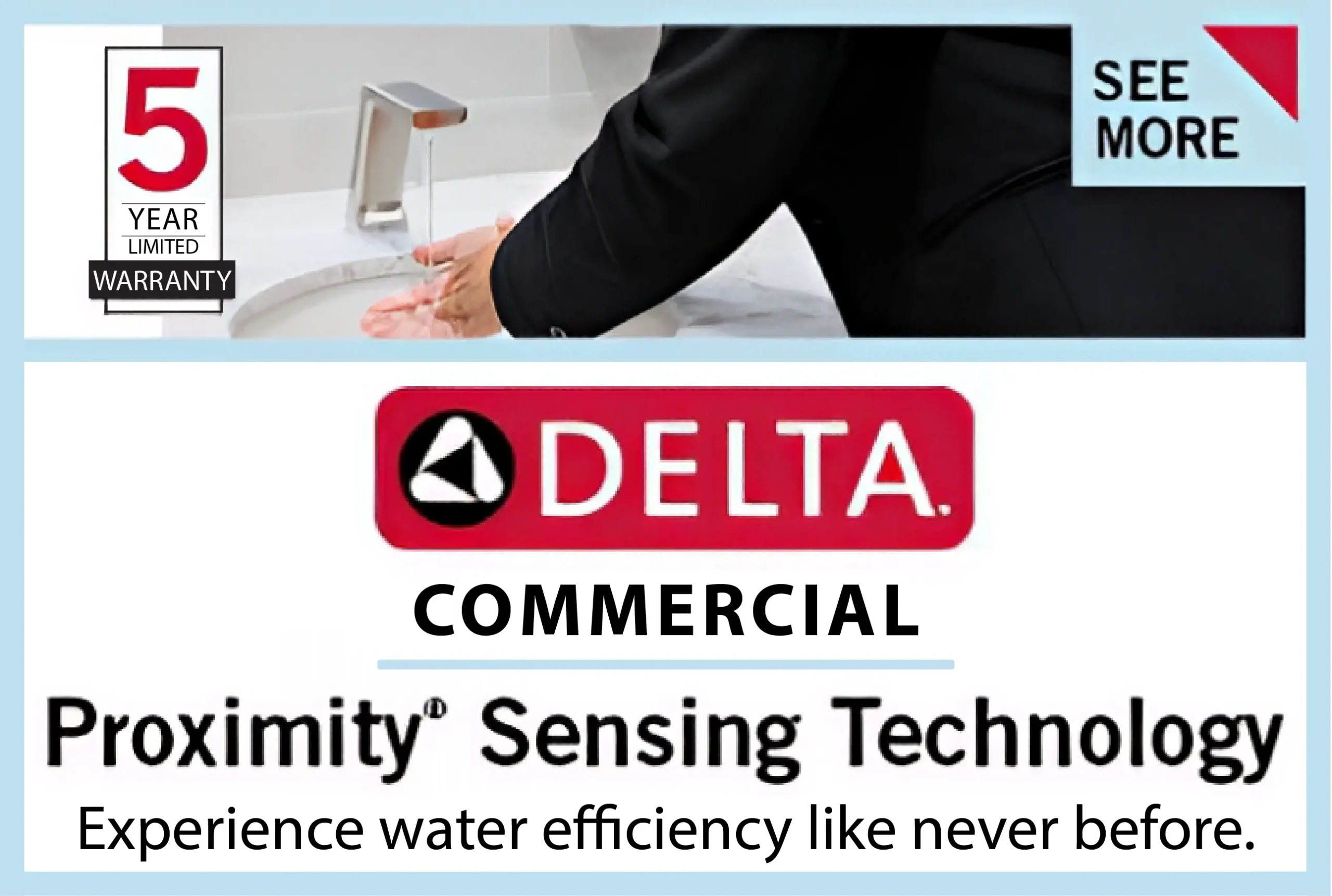In an era where building owners juggle tenant expectations, rising energy costs, and unpredictable weather patterns, the building envelope is no longer just a shell — it’s a frontline defense against discomfort, damage, and profit loss. A neglected roof leak, an echoing tenant suite, or outdated insulation can all erode the performance — and reputation — of a commercial property.
Today’s forward-thinking owners, contractors, and designers are taking a holistic approach: strengthening roofs, walls, and decks not as separate elements, but as an integrated system that blocks water, dampens noise, and cuts energy waste — all while meeting sustainability goals.
Why the Envelope Matters More Than Ever
The “building envelope” encompasses every element that separates the indoor environment from the outdoors — roofs, walls, insulation, deck surfaces, barriers, and finishes. When each layer works in isolation, issues often arise at the seams. A perfectly installed deck system can trap water if it isn’t integrated with leak protection below. Generous insulation can fall short if it ignores acoustics in noisy urban areas.
In dense cities and mixed-use buildings, acoustic comfort has become a new baseline standard, not a luxury. Meanwhile, storms and heavy rainfall test the resilience of roofs and deck surfaces. Add to that mounting demand for sustainable design, and the modern building envelope must do more than ever before.
Stopping Water Where It Starts
Water intrusion remains one of the costliest enemies of a commercial building. The smallest of a roof leak can lead to a chain reaction: soaked insulation, structural rot, mold, tenant disruption, and sky-high repair bills.
Leak prevention starts with quality membranes and underlayments, but the protection must extend to every detail — especially outdoor decks and rooftop patios. For example, interlocking deck tiles are popular for transforming flat roof spaces into usable outdoor areas, but they must be installed over a proper drainage layer that keeps water away from the roof surface. Even the best tiles can accelerate leaks if the substrate underneath traps water or blocks flow.
Best practice: pair deck tiles with a robust waterproofing membrane, add a drainage mat, and allow access panels for periodic inspections. When decks are planned as part of the whole envelope — not an afterthought — leaks become far less likely.
Tackling Unwanted Noise
While water damage is an obvious threat, noise is a more subtle — but equally frustrating — source of complaints. Commercial tenants expect quiet conference rooms and private offices. Hotels face poor reviews if hallways or rooftop bars funnel noise into guest suites below.
Sound insulation blankets and acoustic underlayments are effective tools to contain noise at its source. In roof assemblies, adding acoustic layers beneath the final waterproofing or decking helps absorb impact noise and footfall. Under deck tiles, specialized acoustic mats can reduce vibration transfer to the roof structure below, preventing echoes that disturb interior spaces.
Modern materials make this layering easy. Many sound insulation blankets today are made from recycled fibers or low-emission foams, aligning with green building goals while delivering excellent acoustic performance.
Making Insulation Sustainable
A smarter envelope upgrade must also consider what’s inside the walls and roof. Older buildings often rely on outdated fiberglass or poorly performing batts. Today’s high-performance insulation options go further — combining thermal control with acoustic dampening while reducing environmental impact.
For instance, recycled denim, cellulose, and other renewable-fiber products have gained ground as practical sustainable insulation materials. They can help projects meet LEED, WELL, or other sustainability standards, which are increasingly demanded by commercial tenants and owners alike.
Sustainable insulation choices don’t stop with the material. Proper installation is critical. Gaps or compression can create cold spots, defeating the insulation’s purpose and shortening its lifespan. Combined with sound blankets and water barriers, modern insulation becomes part of a durable, resilient envelope.
Deck Tiles: Small Modules, Big Impact
Outdoor decks have become a favorite feature in commercial and multifamily projects, turning rooftops into community amenities or adding value to underused flat spaces. Interlocking 12×12 deck tiles make installation simple, but smart design must account for what lies below.
A well-installed tile system sits atop a framework that lifts the surface off the roof membrane. This allows drainage, prevents standing water, and protects the waterproofing underneath. When paired with acoustic underlayment, this floating system also absorbs impact noise — a critical detail for rooftop lounges or amenity decks above occupied spaces.
The right combination of deck tiles, drainage, sound blankets, and membranes extends the lifespan of both the outdoor surface and the building below.
A Layered Approach for Maximum ROI
Future-proofing the envelope is not about adding more material for its own sake — it’s about layering smart, complementary solutions. An integrated approach addresses three key pain points at once:
- Leaks: Waterproofing membranes and drainage layers keep water out.
- Noise: Acoustic blankets and underlayments cut disruptive sound transmission.
- Sustainability: Eco-friendly insulation reduces energy waste and aligns with certifications.
When these upgrades work together, they extend the life of the building, improve tenant satisfaction, and deliver long-term cost savings — benefits that any owner or facility manager can appreciate.
Closing the Gaps for Good
The best time to strengthen the envelope is before problems appear. By combining robust leak protection, acoustic improvements, and sustainable insulation in a single upgrade plan, owners and contractors can turn aging structures into comfortable, resilient, and marketable spaces.
In a competitive market where tenants expect more, future-proofing the envelope is no longer optional — it’s the smartest investment you can make. For more insights, trends, and expert strategies to keep your projects ahead of the curve, subscribe to CCR Magazine.


